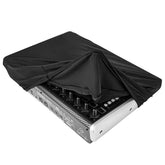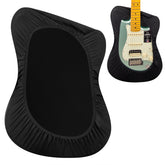Effective Piano Practice: Mastering Fundamentals for Beginners and Prioritizing Efficiency for Intermediate and Advanced Players
For beginners, as their time spent learning the piano is relatively short, they may not yet be exposed to more complex pieces and techniques. Therefore, the focus of practice should be on fundamental skills such as basic techniques and hand positioning.
Due to the short length of the pieces, students can easily become familiar with them during practice and may mistakenly believe that there is nothing left to practice. However, they often overlook the most important aspects:
Hand positioning: Such as proper finger elevation, ensuring fingertips are in the correct position, and the positioning of the thumb, fourth finger, and fifth finger.
Rhythm: Ensuring there are no errors in rests, staccato notes, weak beats, or triplets, among others.

Pitch: Typically focusing on issues related to sharps and flats, although the emphasis may vary depending on each student's individual needs.
Therefore, beginners are advised to practice slowly and methodically, ensuring each note is played accurately.
Key points to note: (1) Pitch, (2) Rhythm, (3) Hand positioning, (4) Techniques.
For intermediate and advanced piano students, improvement lies in advancing their techniques and understanding of music. Therefore, practice should prioritize efficiency; otherwise, practicing without efficiency is almost equivalent to not practicing at all.
For example:
1. If there are consistently mistakes in certain parts of a piece, there is likely an underlying issue. In this case, it is not effective to continuously play through the entire piece without interruption.
Here's a method: If a section of the piece repeatedly presents difficulties, Step 1: Practice that section individually until proficient. Step 2: Connect the problematic section with the preceding one and practice until smooth. Step 3: Practice connecting the problematic section with the following one. Step 4: Extend the practice by incorporating two additional sections before and after the problematic part.
2. If the issue pertains to expression or emotional interpretation, it may be more challenging to resolve than the previous two issues.






